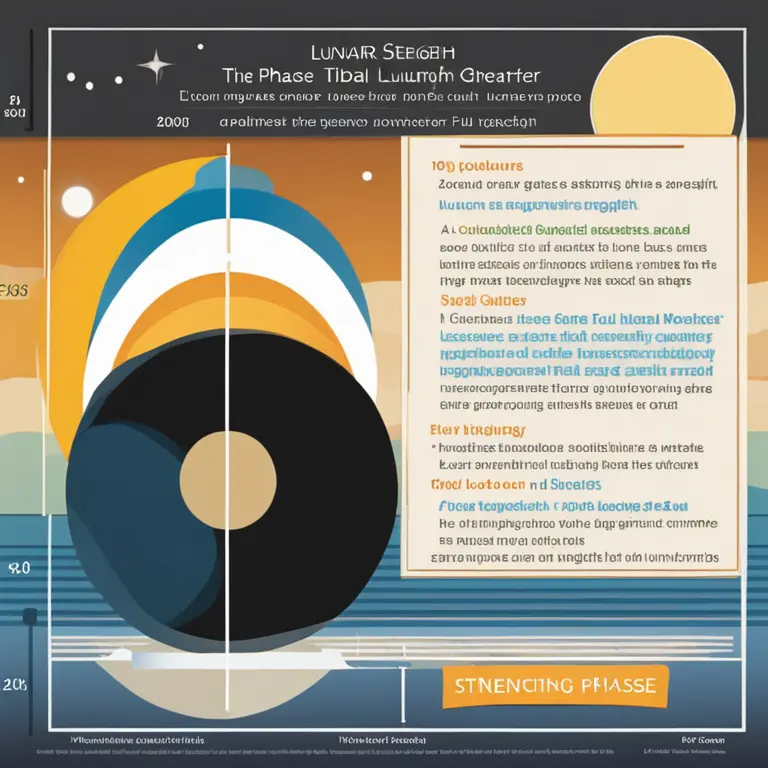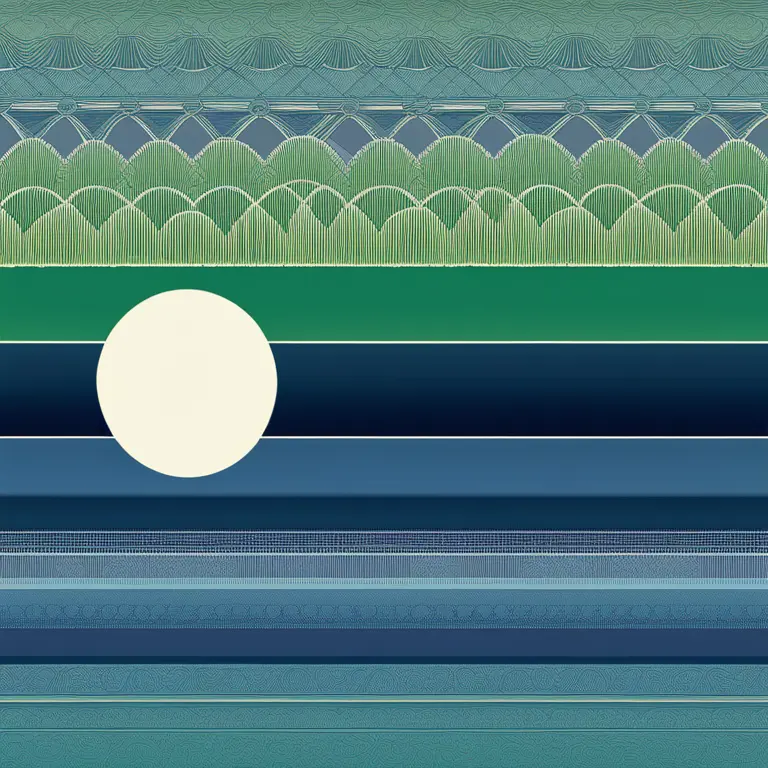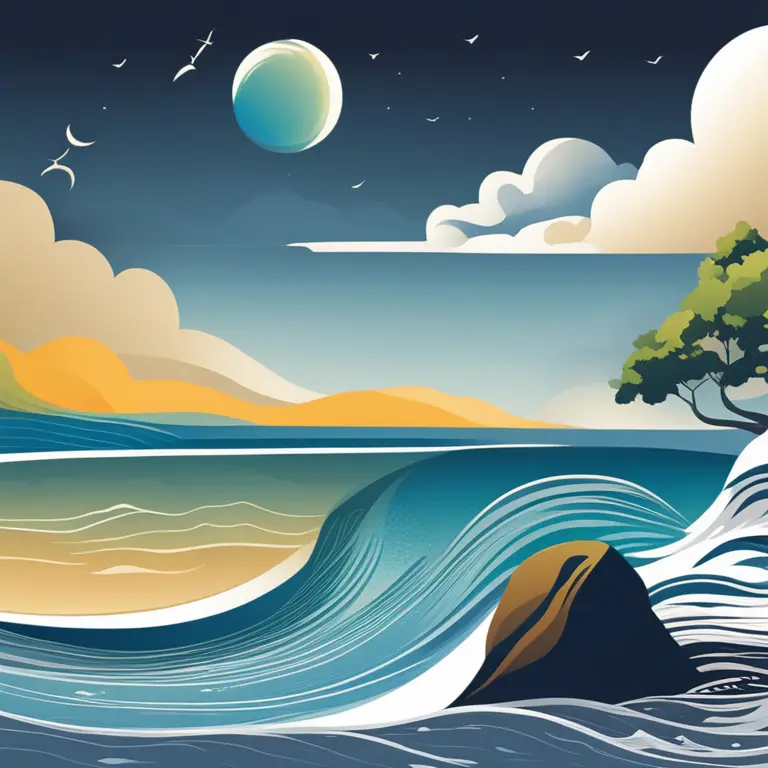
Moon Phases and Their Impact on Tidal Patterns
Discover how different moon phases affect the strength of the ocean's tides, focusing on the phase with the weakest tidal influence.
article by Priya Deshmukh
An Introduction to Moon Phases and Tides
Our planet's oceans are in constant motion, influenced by several factors, with the moon playing a pivotal role in tidal movements. The gravitational pull exerted by the moon generates tidal forces that cause the sea levels to rise and fall, a phenomenon witnessed in the rhythmic ebb and flow along shorelines. While many are familiar with the ebb of waves on the shore, the science behind tidal mechanics extends deeper. Unraveling this tapestry of waves reveals a fascinating link between lunar phases and tidal strength, with certain moon phases causing significantly lower tides.

Understanding Tidal Forces
Tidal forces are the result of the gravitational interactions among the Earth, moon, and sun. High tides, or spring tides, occur when the Earth aligns with the moon and sun, amplifying their combined gravitational pull. Conversely, low tides are produced during quarter moons, also known as neap tides. This occurs when the sun and moon are at right angles to each other, diminishing their gravitational impact on Earth's waters. The fascinating interplay of these celestial bodies stages the natural rhythms of our coastal ecosystems.

The Quarter Moon's Influence
The lowest tides, termed 'neap tides,' tend to coincide with the quarter moon phases, specifically the first and last quarters. During these intervals, the gravitational pull from the moon and sun partially cancels out due to their perpendicular arrangement in relation to Earth. This results in a lesser tidal range—the difference between high and low tide levels—culminating in less extreme high and low tides. The quarter moon's subdued influence is a stark contrast to the dramatic spring tides brought forth by the full and new moons.

Observing the Tidal Cycle
To witness the lowest tides, one must observe the sea during the week of the first or last quarter moon. Avid beachcombers and mariners take note of these periods, as they present unique opportunities and challenges respectively. Environmental agencies and coastal managers also monitor these cycles closely, understanding that lower high tides can affect marine habitats and human activities along coastal areas. Planning around the lunar calendar is integral for industries and individuals alike who interact with the maritime environment.

Other Influencing Factors
While the moon's phases significantly affect tides, it's pivotal to recognize other influencing factors such as wind patterns, atmospheric pressure, and the topography of the ocean floor. Even during neap tides, these elements can contribute to variations in sea level. Nevertheless, the consistent pattern of tides owing to lunar cycles remains a reliable touchstone for predicting tidal changes. As our understanding of the cosmos and oceanography grows, so does our ability to anticipate and adapt to these natural patterns.
Published: 1/19/2024
Modified: 1/19/2024
More predictions
Come back here soon to learn more about yourself and your future


The Impact Of Moon Phases On Soulmate Connections
Discover the impact of lunar cycles on your quest for a soulmate and how each phase can influence romantic destiny.


Moon Phases and Menstrual Cycles: Celestial Rhythms
Discover the fascinating connection between the lunar cycle and women's menstrual cycles, and how moon phases may influence physical and emotional health.


The Nighttime Moon Phase: When It’s Visible to Observers
Learn which moon phase graces the night sky and discover its unique characteristics and impact on astrology and personal biorhythms.